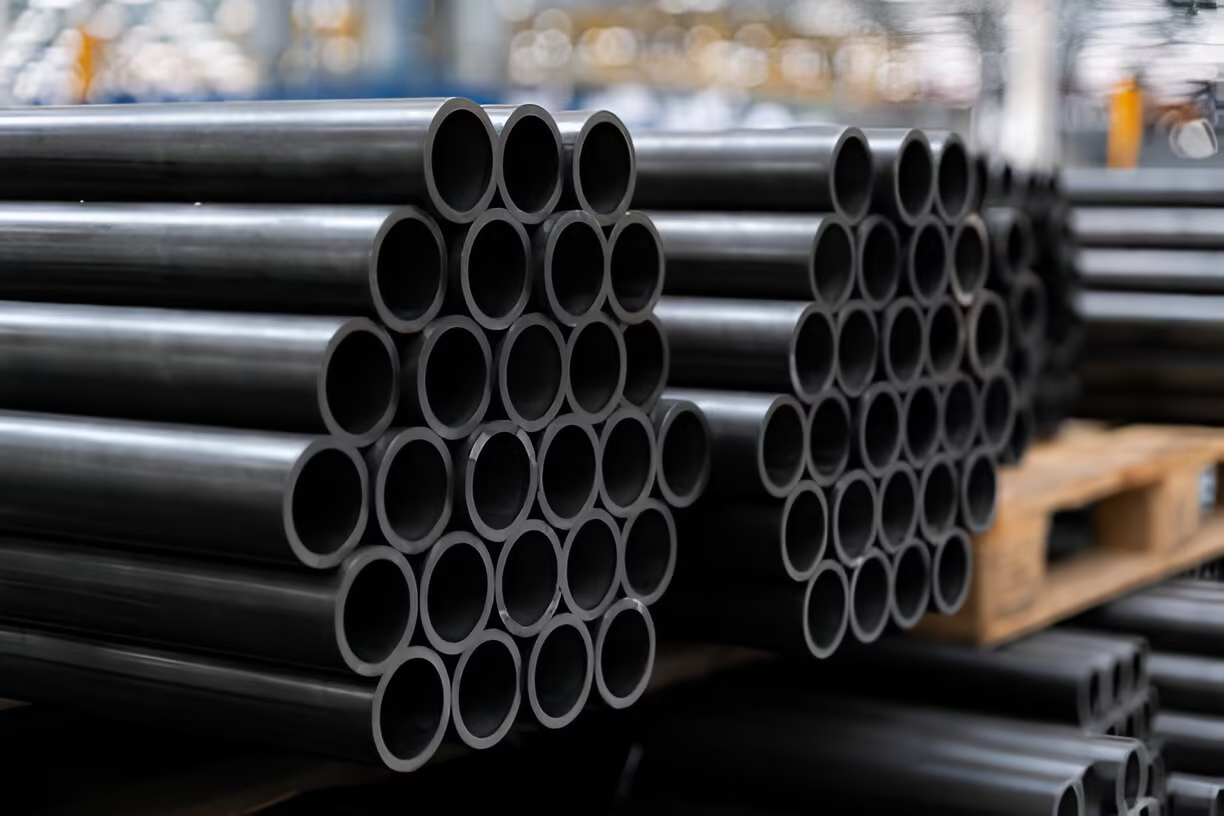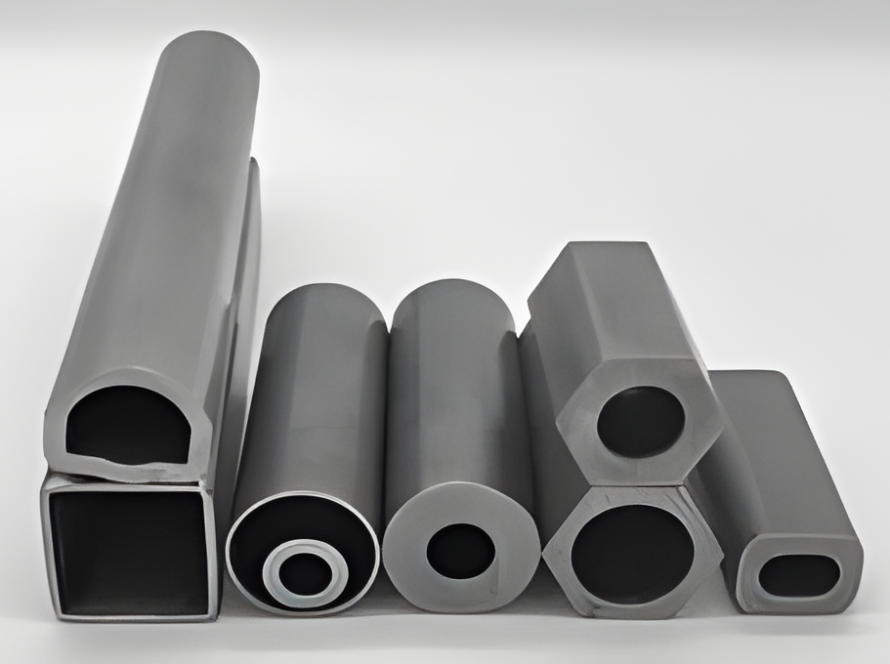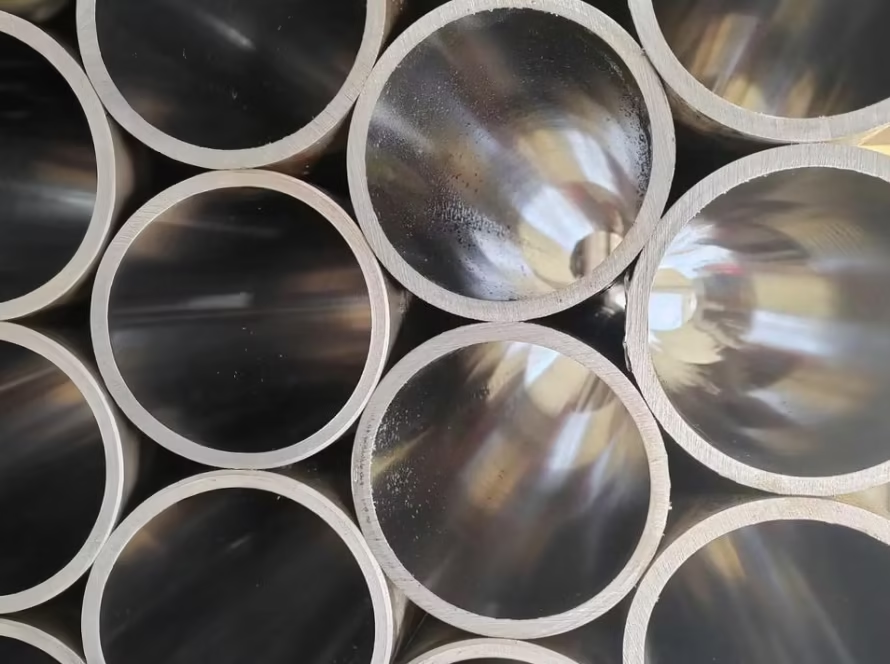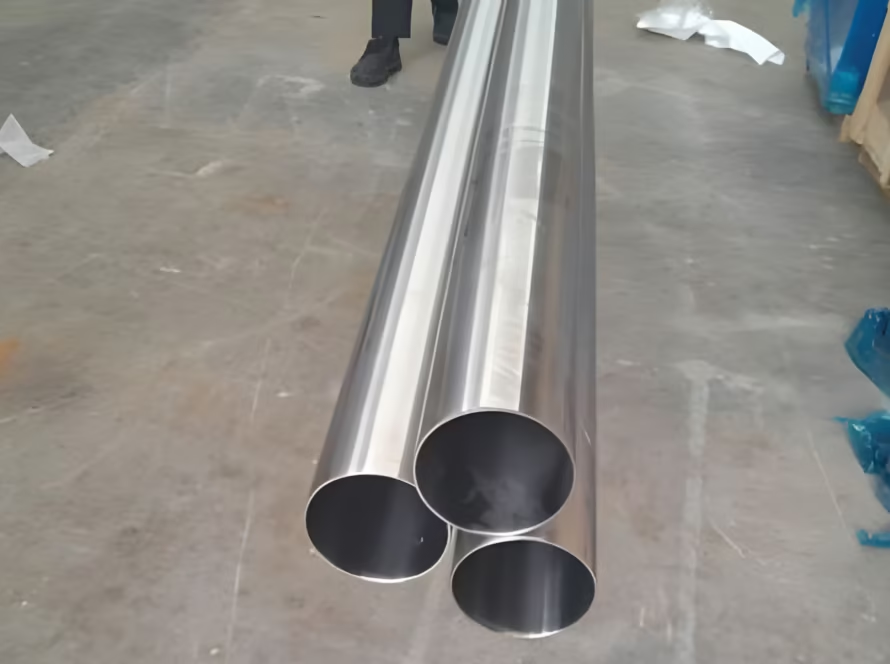What Steel Pipe Is Used for Low Temperature Service?
What Is Low Temperature Carbon Steel Pipe?
Low temperature carbon steel pipes (LTCS pipes) are specially designed pipes used in environments where the service temperature is significantly below ambient, often below -29°C (-20°F). These pipes are engineered to maintain their mechanical properties, such as toughness and ductility, at low temperatures where standard carbon steel would become brittle and prone to cracking. Industries such as liquefied natural gas (LNG), cryogenics, refrigeration, and petrochemical processes rely heavily on these specialized pipes for safe and efficient operations.
Low Temperature Carbon Steel Pipe: Working Temperature Range and Optimal Working Temperature Range
-
Working Temperature Range: Low temperature carbon steel pipes typically operate effectively at temperatures as low as -50°C to -196°C (-58°F to -320°F), depending on the exact material composition and heat treatment.
-
Optimal Working Temperature Range: Most commonly, LTCS pipes are optimized for use between -50°C and -100°C (-58°F to -148°F). Within this range, the material retains high impact toughness and mechanical strength without the risk of brittle fracture.
It is important to ensure that the selected LTCS pipe matches the specific operational temperature requirements to avoid failure due to embrittlement.
Materials of LTCS Steel Pipes
Low temperature service carbon steel pipes are usually made from specially alloyed carbon steel grades that provide enhanced toughness at sub-zero temperatures. Common materials include:
-
A333 Grade 6 & 3: One of the most widely used materials for LTCS applications, with Grade 6 suitable for temperatures down to -45°C and Grade 3 suitable down to -46°C or -50°C, depending on specification.
-
A350 LF2: This is a low-temperature impact-tested carbon steel commonly used in flanges, fittings, and sometimes pipes for low temperature service.
-
P235GH LT and similar grades: Some carbon steels are specially heat-treated to improve impact toughness for mild low temperature applications.
-
Carbon-Manganese (C-Mn) steels: Modified with low sulfur content and fine microstructure to improve toughness in cold temperatures.
The key material requirements for LTCS pipes include adequate Charpy V-notch impact energy values at the lowest service temperature and controlled chemical composition to prevent microstructural changes that reduce toughness.
Manufacturing Standards of LTCS Steel Pipes
Manufacturing of low temperature carbon steel pipes follows rigorous standards to ensure safety, reliability, and performance in harsh low temperature environments. Some of the leading standards include:
-
ASTM A333: Standard Specification for Seamless and Welded Steel Pipe for Low-Temperature Service. It covers carbon and alloy steel pipes designed to withstand low temperature conditions.
-
ASME SA333 / ASME B31.3: Compliance with these standards ensures that LTCS pipes meet the mechanical and impact testing requirements for pressure piping and process industry use.
-
EN 10216-4: European standard for seamless steel tubes for pressure purposes, including grades suitable for cryogenic and low temperature service.
-
API 5L PSL2: Sometimes used for pipeline steel with enhanced toughness properties for low temperature environments.
-
ISO 3183: International standard for steel pipes suitable for pipeline transportation systems, addressing low temperature impact testing.
in conclusion
Low temperature carbon steel pipes are essential in applications involving sub-zero temperature service conditions. Materials such as ASTM A333 Grade 6 and 3 are commonly used due to their proven low temperature toughness and reliability. Their manufacturing is governed by strict standards like ASTM A333 and EN 10216-4, ensuring that these pipes can withstand the risks of brittle fracture in cold environments. Selecting the right material and standard for LTCS pipes helps ensure safe and continuous operation in industries such as LNG, refrigeration, and petrochemical processing.








2 Comments
кракен сайт ссылка
This is an article worth thinking about
sprunki
This article taught me how to select low-temperature steel pipes.